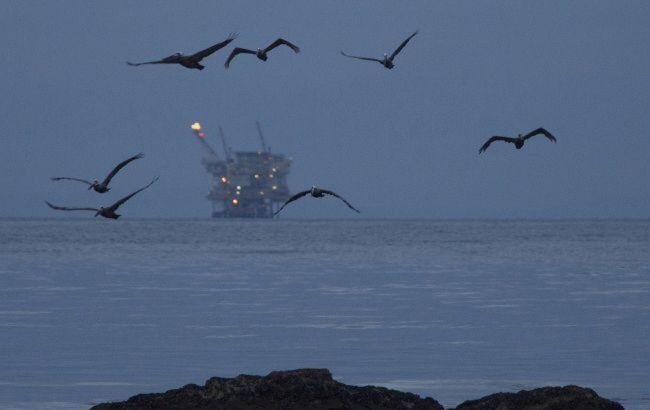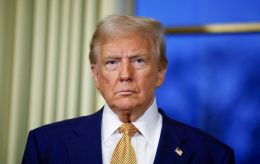ExxonMobil in talks to resume oil production in Russia - WSJ
 File photo: offshore oil platform (Getty Images)
File photo: offshore oil platform (Getty Images)
US corporation ExxonMobil is in talks with Russian company Rosneft on resuming development of the Sakhalin-1 oil field, according to The Wall Street Journal.
According to WSJ sources, a senior ExxonMobil executive recently discussed the company’s return to the large-scale Sakhalin project, contingent on both governments giving a green light within the framework of a peace process in Ukraine. The talks on Exxon’s side were led by senior vice president Neil Chapman, with only a handful of people informed about the meeting.
In recent weeks, Exxon CEO Darren Woods also raised the issue of resuming operations in Russia in discussions with Donald Trump. Another source said that under both the Biden and Trump administrations, Exxon and other companies received US Treasury licenses to hold talks with Russian partners on frozen assets. The paper reported that the first round of negotiations had taken place shortly after Exxon left Russia in 2022.
A senior US administration official said that at the same time, Exxon executives asked Washington for support should the company return to Russia, and received backing.
Intensified talks
According to WSJ sources, negotiations between Exxon and Rosneft on renewing their partnership intensified around January 2025, after Trump’s inauguration. In February, senior officials from the US and Russia met publicly in Riyadh to begin peace talks. Moscow promised American companies new investment opportunities, including in Arctic energy projects.
People familiar with the matter said Chapman of Exxon and Rosneft CEO Igor Sechin held a closed meeting in Doha. Sechin remains under US sanctions, meaning Americans generally cannot deal with him without a Treasury license, which Exxon secured.
One major obstacle was removed when Vladimir Putin, during the Alaska summit, signed a decree allowing foreign companies to own shares in the Russian entity that had taken over Sakhalin after Exxon’s exit. Conditions include supplying equipment and spare parts from abroad and lobbying for sanctions relief. WSJ wrote that Exxon’s return would likely depend on the terms offered by Russia, adding that the company seeks to recoup losses from its exit from Sakhalin.
Changed environment
If Exxon returns, the paper noted, it will face a different business environment. Russia’s economy has slowed under sanctions, high interest rates, and inflation, while state confiscations of assets have become common. The Kremlin has tightened control over the energy sector during the war.
The market for Russian crude has also shifted: Europe has largely abandoned it, while refineries in India and China buy it readily, with trading often conducted through opaque firms in the UAE.
Sakhalin-1 project
Sakhalin-1 is an oil and gas consortium on Sakhalin Island and the Sea of Okhotsk shelf. One of Exxon’s largest foreign investments, the project was agreed in 1995 under a production-sharing agreement with Moscow, with oil output starting in 2005. Exports go mainly to Asian buyers, who continued purchasing after the invasion, unlike European refiners, that stopped.
Exxon operated the project and held a 30% stake alongside Rosneft, as well as Japanese and Indian partners who remain involved. After Russia’s full-scale invasion of Ukraine in February 2022, Exxon wound down production, declared it would exit, and wrote off more than $4 billion. Moscow blocked the sale and then eliminated Exxon’s stake, which the company called "expropriation."
Exxon had been more active in Russia than most Western producers after the collapse of the USSR, making its 2022 departure particularly stark.
Meanwhile, in April, Russia partially restarted the Arctic LNG-2 project despite US sanctions, including a ban on specialized vessels.
US president Donald Trump, WSJ noted, is seeking to push Moscow toward buying American rather than Chinese technology, as part of Washington’s strategy to weaken ties between Russia and China.

